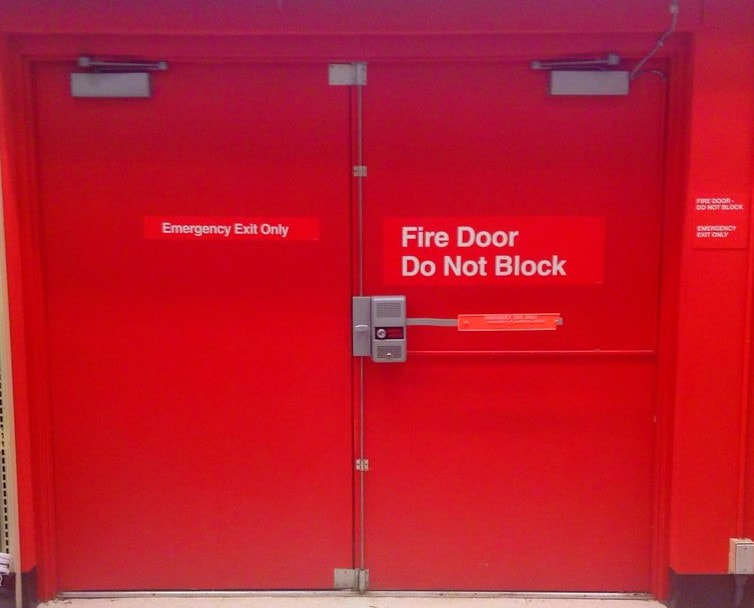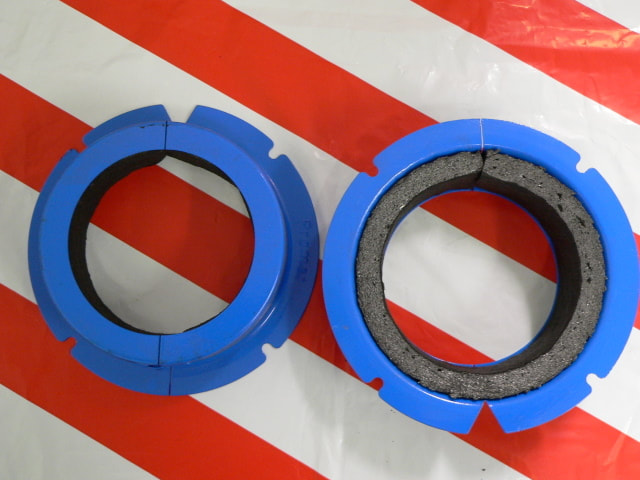Passive fire protection includes systems which compartmentalise a building through the use of fire resistance rated walls and floors. Compartmentalisation of a building into smaller sections assists to slow or prevent the spread of fire and smoke from one area to the next. This limits the amount of damage and provides occupants with more time for evacuation.
Passive fire protection includes fire / smoke dampers, fire doors, fire walls and floors. Dampers are used to prevent the spread of fire and smoke throughout a building's ductwork. Firestopping, fireproofing and fire doors compartmentalise a building. Passive fire protection solutions do not require any type of action and will not put out a fire. They do work effectively alongside active forms of fire protection and together help to protect lives.
Passive fire protection includes fire / smoke dampers, fire doors, fire walls and floors. Dampers are used to prevent the spread of fire and smoke throughout a building's ductwork. Firestopping, fireproofing and fire doors compartmentalise a building. Passive fire protection solutions do not require any type of action and will not put out a fire. They do work effectively alongside active forms of fire protection and together help to protect lives.



